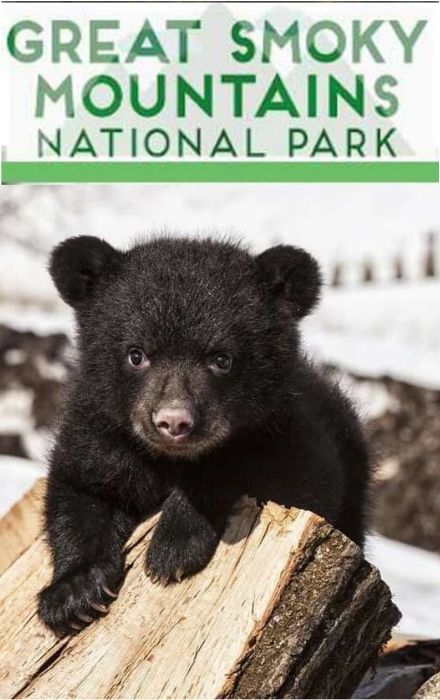History of Tourism: National Parks at World
National parks in the history of tourism are a separate chapter. It is about the coincidence of the consolidation of the federal state and the Nation as well as the end of internal disputes, both territorial and political. The federal state is responsible for the conservation of an important part of the territory (national park) and in turn promotes its knowledge.
The economic rise of the middle class facilitated access to national parks. The first to access were the local inhabitants, then the train and later the car made visits to the national parks massive. Until reaching hundreds of millions of visits in the world.
The United States was pioneers in doing in doing this. They were also imitated by the other nations that created national parks across the planet. This is a short list of the oldest national parks in the world.
Yellowstone National Park: United States 1872
In 1872, the founding of Yellowstone National Park marked the founding in the United States of the First National Park in the World. It was a precedent for the natural preservation of biodiversity and cultural history in it. world. Yellowstone was not the first natural area protected by a government. However, American national parks were the first to obtain this category.
It is located in the extreme northwest of Wyoming and extends beyond the Idaho and Montana borders. Yellowstone has crystal clear lakes, impressive canyons, huge grasslands, and noisy waterfalls. But this National Park is most famous for its geysers.
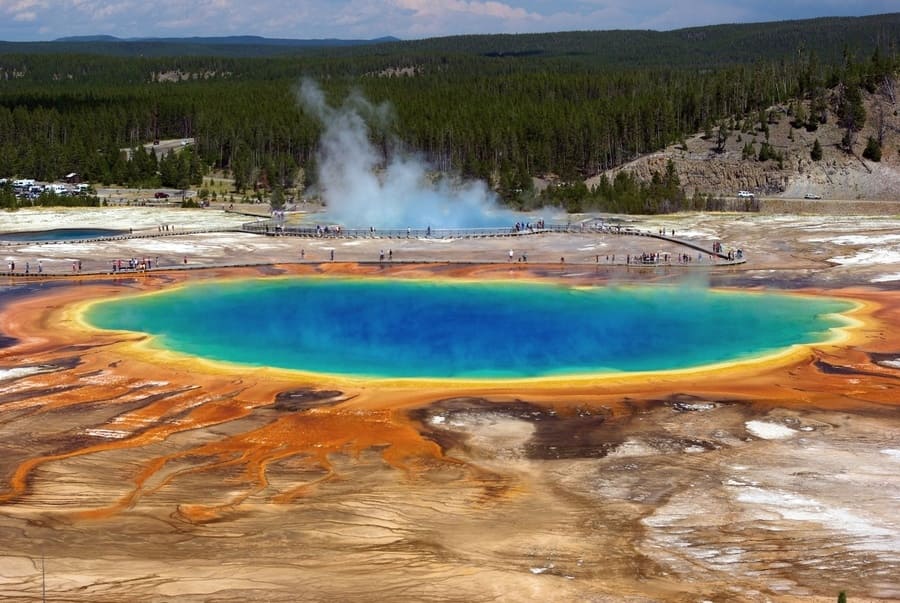
Yellowstone welcomes more than 3 million visitors each year who come from all over the world to see the Faithful eruption, the steam from Mammoth Hot Springs, and the bubbles from the mud baths.
The beautiful park in summer, but when visiting it in the low season months, the crowds are avoided. Another way to find peace and quiet is to get away from Yellowstone’s network of paved roads. The park has hundreds of miles of trails that meander through the Lamar Valley and along the ledges of the Grand Canyon of the Yellowstone. The further away you are, the more likely you are to find some of the park’s famous wildlife, such as bison, deer and bear.
Other highly visited National Parks in the United States are The Grand Canyon, Great Smoky Mountain, Yosemite, Acadia, and Zion.
History of Tourism: National Parks & Yogi Bear in Yellowstone
Yogi Bear was a Hanna-Barbera (1) character who was always associated with Yellowstone National Park. Their home in the fictional Jellystone National Park is full of similarities to Yellowstone. We’re talking about Jellystone’s Old Faceful Geyser. Although Yogi and Boo-Boo were adorable characters, Yogi’s plans to steal picnic baskets and other food from Jellystone’s visitors were not. Those problems were real, and faced by visitors to Yellowstone and other national parks.

Fun and adorable, Yogi Bear was the perfect choice for an educate Yellowstone visitor. And it also shows how tourism in national parks interacted with the culture of the time and its relationship with the government and companies. (2)
Royal National Park – Australia 1879
In 1879, Sir John Robertson, Prime Minister of New South Wales, founded the park through a series of land reforms. With the passage of time, the park doubled its original size, but they exploited it for its wood and built communities of cabins. Today, wildfires and budget cuts threaten the park’s legacy in Australian history.
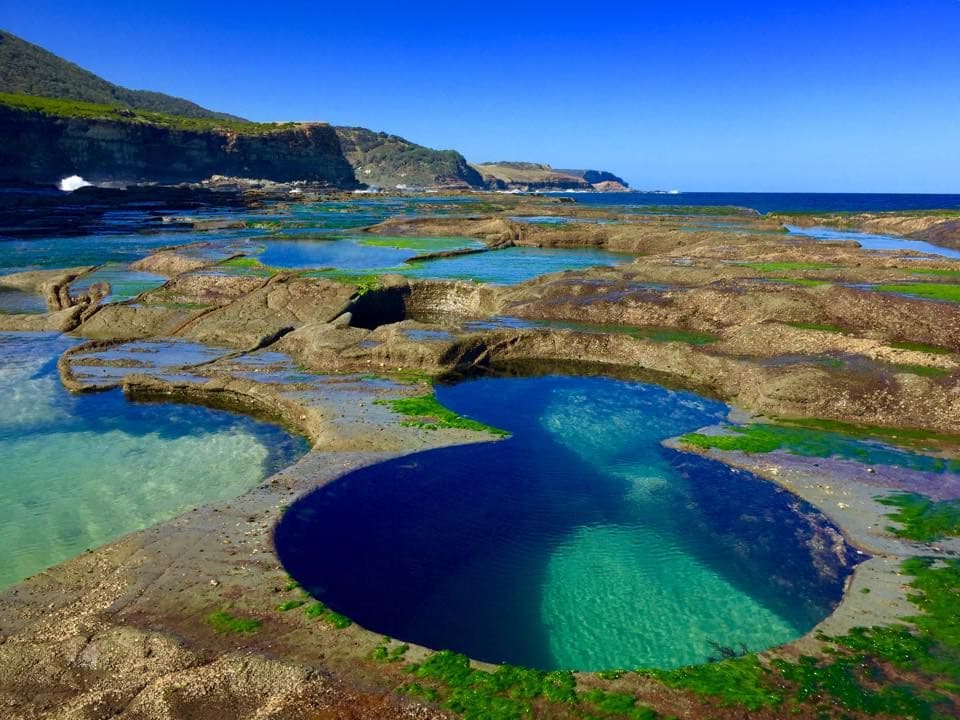
This National Park has an area of more than 4,900 square miles and has cliffs, rare birds and lagoons. Before being named a Royal National Park in honor of Queen Elizabeth II of the United Kingdom, it was simply called “National Park”.
Banff National Park Canada. 1885
Banff National Park is Canada’s oldest national park, established in the Rocky Mountains in 1885. Located 80 miles west of Calgary in the province of Alberta, it encompasses 2,564 square miles of mountainous terrain. There are numerous glaciers and ice fields, dense coniferous forests, and alpine landscapes.
The Icefields Parkway runs along Lake Louise, connecting with Jasper National Park in the north. Provincial forests and Yoho National Park are neighbors to the west, while Kootenay National Park is to the south and Kananaskis Field to the southeast.
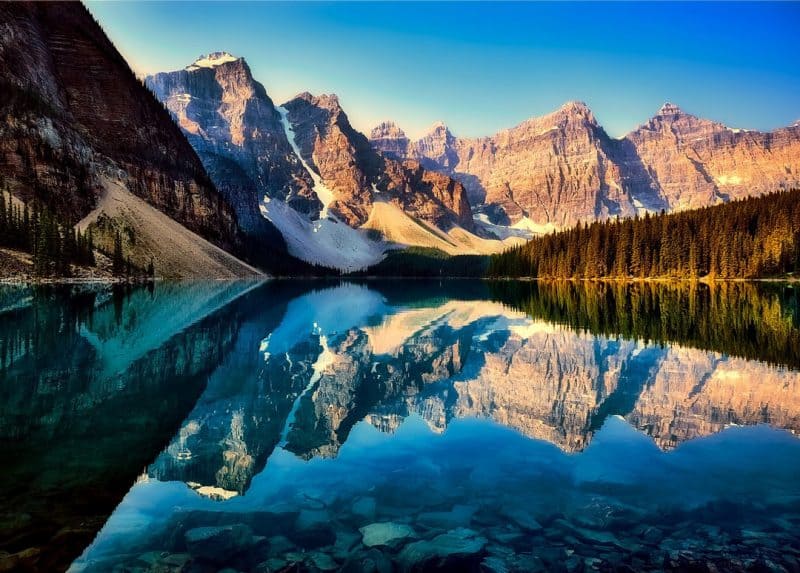
The park’s main shopping center is in the town of Banff, in the Bow River Valley. It is part of the natural complex called Canadian Rocky Mountain Parks, which was declared a World Heritage Site by Unesco in 1984.
Canada’s Pacific Railways was used in Banff a few years ago, building the Hotel and Château Lake Louise, and attracting tourists. Since 1930, the park’s amenities have been open year-round, with an increase in tourist visits of more than five million in 1990.
Sarek National Park – Sweden 1909
The explorer Adolf Erik Nordenskiöld proposed the founding of national parks, which influenced the Swedish parliament’s decision to create the first National Park in Europe in 1909.
With more than 100 glaciers and thousands of moose in the wild, Sarek National Park is the pinnacle of Sweden’s diverse flora and fauna. Concerned about the negative impact of humans on nature, the Lapp or Saami indigenous people lived in the area before Sarek obtained the category of park. However, when the park became government-controlled, the Swedes and Saami initially struggled for the exploitation of land and minerals. In the mid-20th century, hydroelectric construction put pressure on the park, but now protections have been applied to prevent the construction of facilities in the future in the National Park.
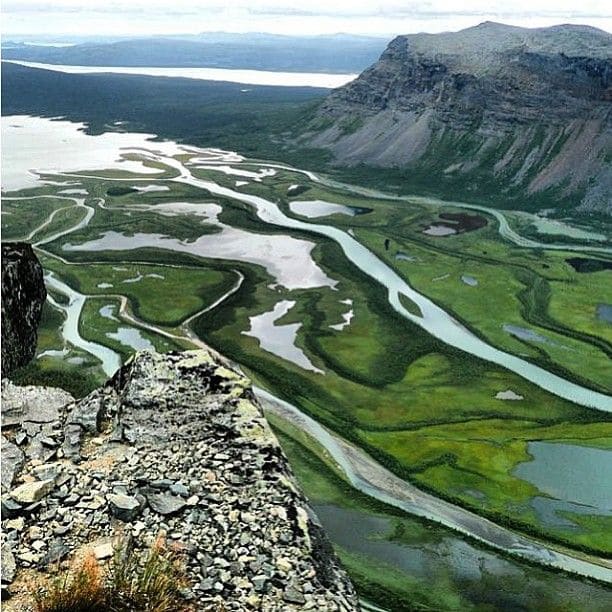
Picos de Europa National Park – Spain 1918
The Picos de Europa National Park is a Spanish national park of 67,127 hectares, located in the Cantabrian Mountains in the provinces of Asturias, León and Cantabria (15,381 ha). It is one of the best world reserves of ecosystems linked to the Atlantic forest and includes the largest limestone formation in Atlantic Europe.
The western massif was declared a National Park on July 24, 1918 by the King of Spain Alfonso XIII under the name of Covadonga Mountain National Park being the first protected area in Spain.
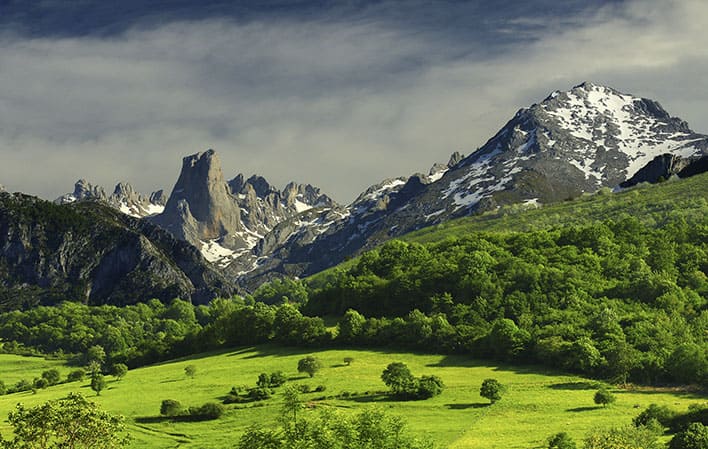
On July 10, 2003, Unesco became a Biosphere Reserve. Currently the Picos de Europa National Park is one of the most visited in Spain. Other parks and reserves are the Teide National Park (Tenerife), the Sierra de Guadarrama National Park (Madrid-Castilla y León) ) and The Canyon of Lumbier Reserve.
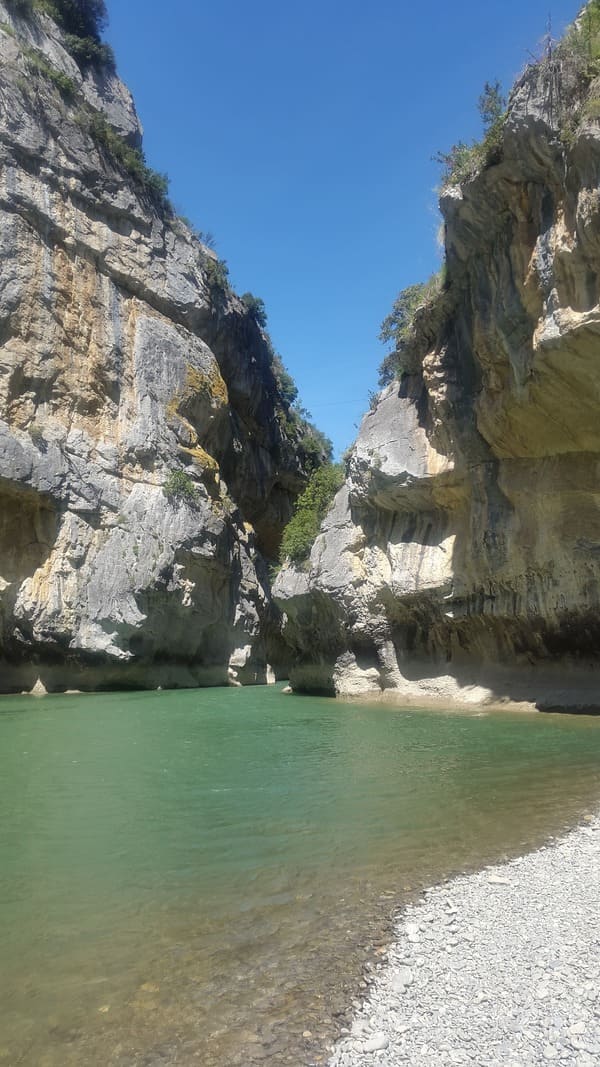
Nahuel Huapi National Park – Argentina 1934
In the north of the Argentine Patagonia there are more than 800,000 hectares of mountains and glaciers. In the 1880s, the explorer Francisco Pascasio Moreno studied the terrain for the government of Argentina that contributed to the inclusion of the area in federal jurisdiction.
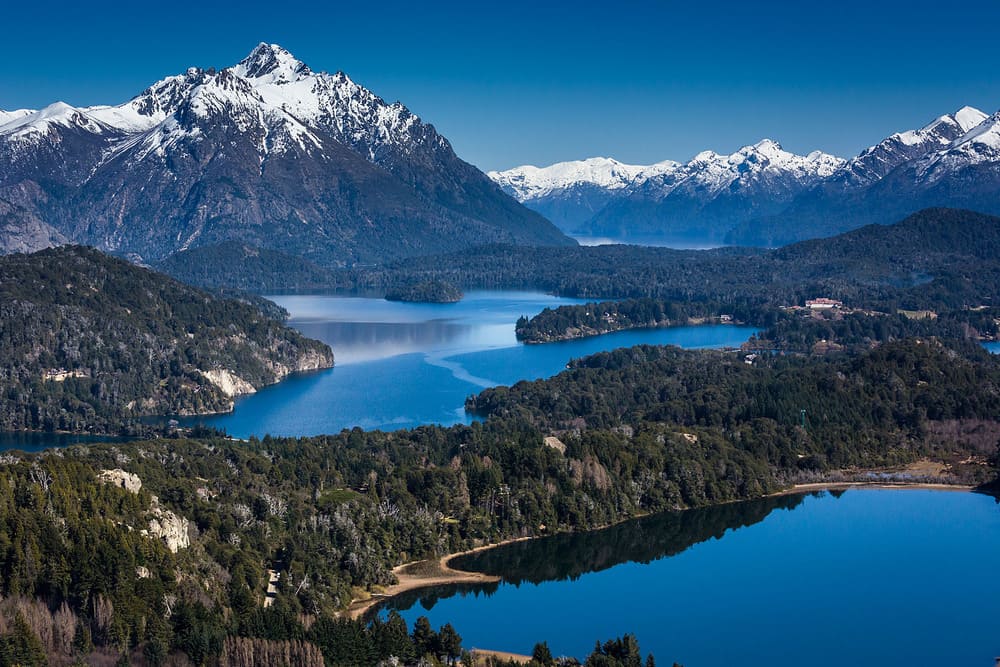
Moreno in 1903, donated part of the land to the government with the intention that it would become a national park. In 1934, Moreno’s wish came true. During the park’s early stages of development, government authorities insisted on building infrastructure for eco-tourism, which helped combat illegal fishing, poaching and logging, and supported the local community. One of the most visited Argentine National Parks by tourists from all over the planet is Los Glaciares National Park.
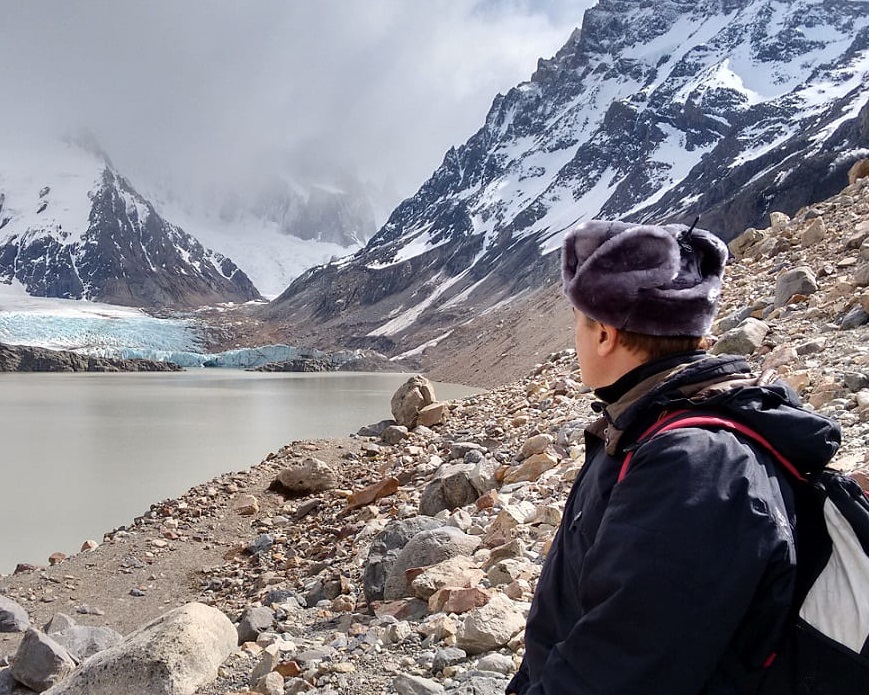
There is one of the largest glaciers in the world, which crumbles every few years giving an amazing spectacle. The Chalten is a nearby place where you can do hiking activities from the easiest to the most extreme. See Post of Laguna Torre Trail review
Lake District National Park – UK 1951
Located in the northwest of England, about 290 miles north of London and 105 south of Glasgow. This national park is known as “Wordsworth’s Land” (one of England’s best-known romantic poets). This poet lived in the Lake District for most of his life and was where he conceived most of his work, in which he shows the wild and bucolic beauty of his landscapes.
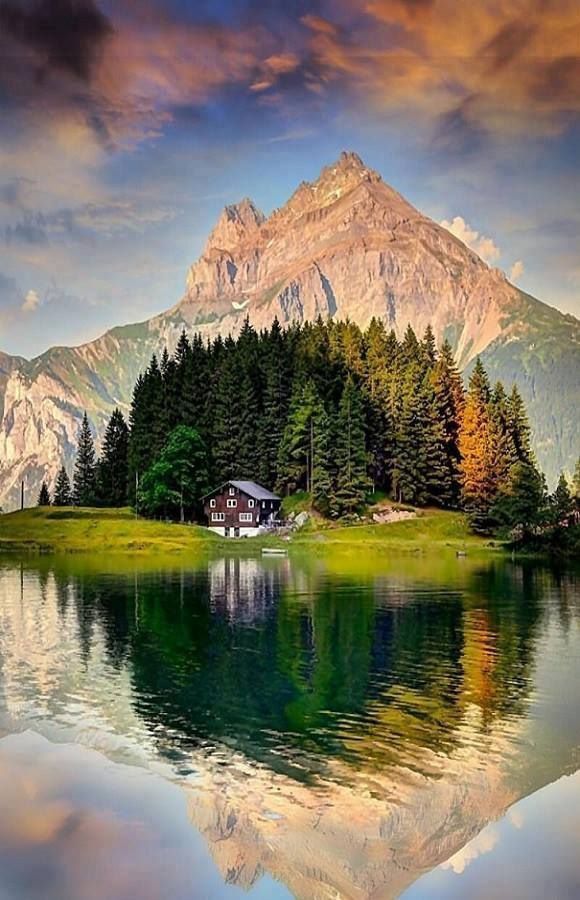
It is the UK’s most popular National Park and receives over 16 million visitors a year. The 1,870 square miles of rugged, unspoilt terrain make it a hiker’s paradise. This National Park has flat trails on the banks of a lake, steps through the interior of linden or redwood forests. You can also see villages with stone houses, huge green meadows or steep peaks. In the park you can find the Scafell Pike, at 3,200 feet high, it is the highest summit in this park and in the country.
Buttermere Lake
An attractive and easy walk along the shore: you can start with a 4-mile walk around Buttermere Lake. This hike includes a tunnel through a rock, pedestrian bridges over picturesque waterways and surprising places among the green fields that border it. For those looking for something more demanding, there is the alternative of an eight-kilometer route through the Helvellyn mountain range, in the Eastern Lands. It turns out that the views of Ullswater from various summit points, such as Sheffield Pike, Heron Pike and Glenridding Dodd, are mind-blowing. The starting point for this route is approximately a 20 minute drive from The Kings Arms at Temple Sowerby.
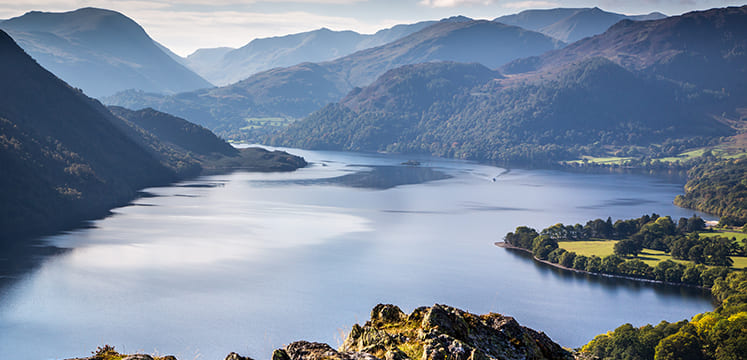
A famous admirer of the Lake District was Beatrix Potter, whose adorable characters from children’s books are still the favorites of many families. He spent many of his childhood vacation seasons there near Lake Windermere. You can visit his old house, Hill Top, which is now a National Trust site.
Others National Parks in UK
- Peak District, 1951,
- Snowdonia – (Parc Cenadlaethol Eryri), 1951,
-
Dartmoor, 1951,
Saxon Switzerland National Park Germany
The Saxon Switzerland National Park (German Nationalpark Sächsische Schweiz) is a national park in the German state of Saxony, near the capital city of Dresden. It comprises two 36.1 square mile (93.5 km² ) areas in the heart of the German part of the Elbe Sandstone Mountains, which is called Saxon Switzerland (German: Sächsische Schweiz).
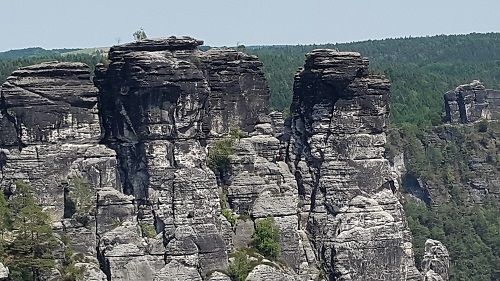
The national park adjoins the national park of Czech Switzerland (Czech, České Švýcarsko) in the Czech Republic. The Park is also the center of a natural space of almost 241 square mile. This region is known as Saxon Switzerland and is cultivated by humans in many places. Kurort Rathen Bastei.

One of the most visited places in the park is the rock formation called Bastei Kurort – Rathen. The Bastei is a rock formation in Germany that rises 602 feet above the Elbe River in the Elbe Sandstone Mountains. The steep rocks of the Bastei, reaching a height of 901 feet above sea level, were formed by water erosion more than a million years ago
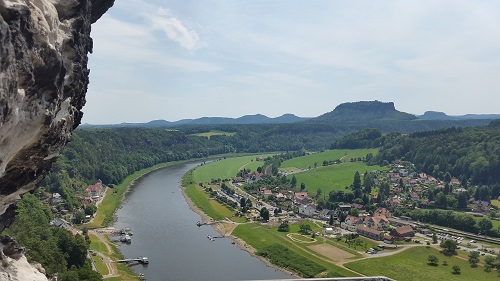
Vanoise National Park France
As very few ibexes remained in the Sierra de la Vanoise in 1963, it was decided to protect the area as a national park. Today, a colony of 1,800 copies make the Vanoise National Park in the Alps the most important ibex reserve in France.
Eagles, bearded vultures, chamois, groundhogs. These species always choose the purest and best preserved environments and are other of their inhabitants. Parc de la Vanoise is located between the valleys of the Maurienne and the Tarantaise, with peaks over 10,000 feet high. There are also glaciers and narrow valleys. Your visit is a unique experience in both winter and summer. The best time for hiking is summer, the main activity in the park with more than 300 miles of trails and roads.
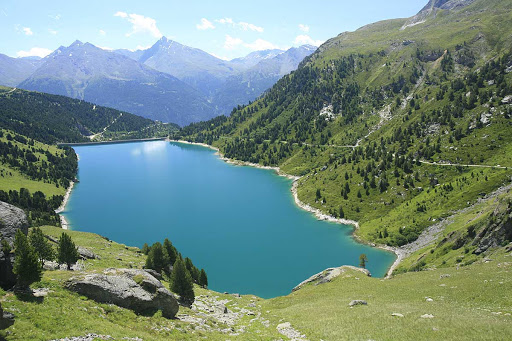
There is a glacier interpretation space called Glacialis, located in the former Champagny-le-Haut presbytery.
After this visit, you can walk the glaciological path that winds through the Champagny-le-Haut valley, in the company of marmots and ibexes. This trail is suitable for the whole family.
You can also camp in one of the many refuges in the park. Four of them are easily accessible, such as the Le Bois refuge in Champagny-en-Vanoise, where you can taste Savoyard specialties such as Beaufort cheese.
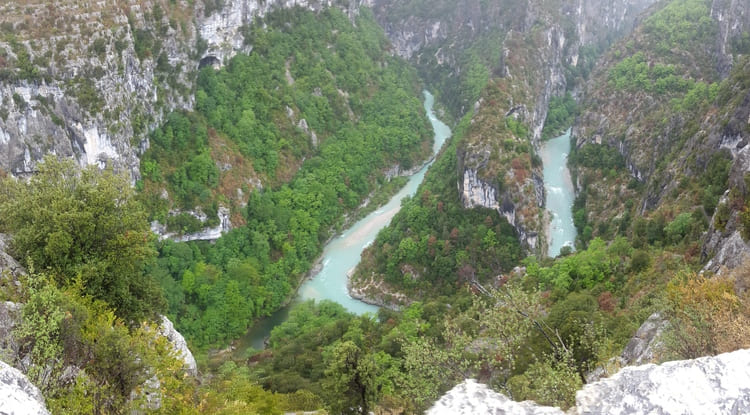
For more adventurous and advanced hikers, there is the Vanoise Glacier Tour, one of the most beautiful and iconic excursions in the Alps. A great natural attraction near this park is the Verdon Canyon
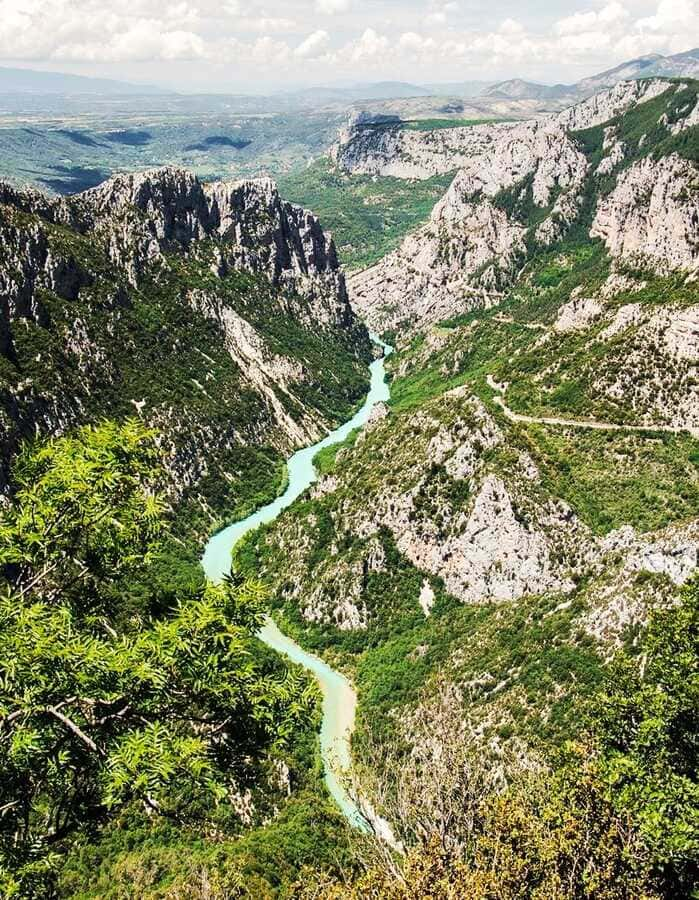
History of Tourism National Parks: Related post and References
- USA National Park Service
- List of National Park USA
- Outdoor Camping Gear
- National Park USA
- Great Smoky Mountain National Park
- Yellowstone National Park
- Acadia National Park
